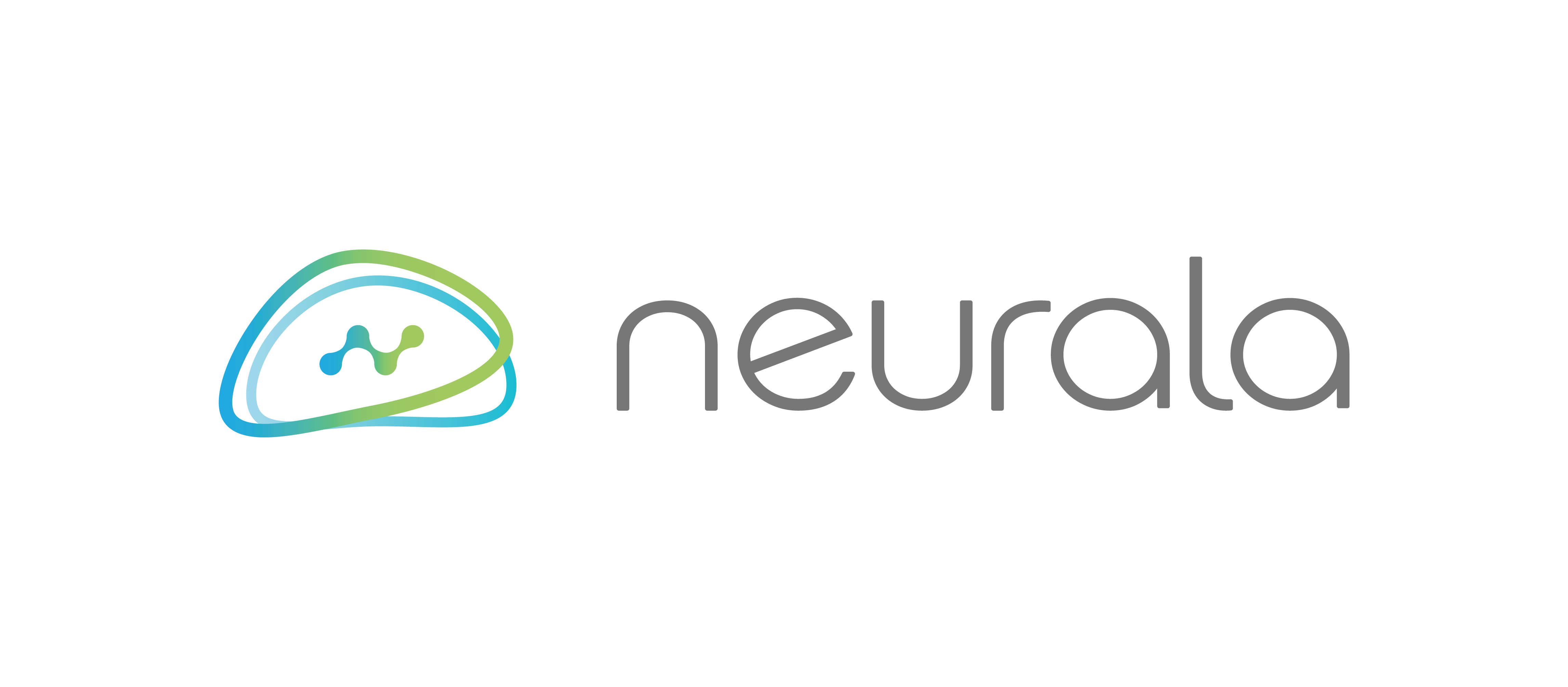AI In Manufacturing: Who wouldn’t want a second set of eyes?
AI is fueling human workforce augmentation in domains where it is needed most
If asked to draw an image of a “helping hand” in 2019, few would have drawn a robot. In 2020, the picture has dramatically changed, with robots, AI, and automation ready to help humans in practical tasks that were previously the exclusive province of human ability.
The new Enterprise, born in 2020, will seamlessly merge humans, machines, and AI to boost all facets of business processes. And, historically, companies that embrace innovation and adapt fast to global downturns can then thrive when conditions improve. Boston Consulting Group research points out how 14% of companies have seen dramatic sales and profit margins increases during such periods.
Innovations such as AI-augmented machines and robots are assisting factories and logistic facilities achieve 24/7 operation, without requiring massive human investments, while adhering to mandated social distancing in the workplace.
How is this happening? Mostly due to the introduction of Deep Learning-enabled cameras, which capture the main characters of human vision through software and inexpensive, ubiquitous hardware. Thanks to decades of work in decoding human intelligence and perception in mathematical models, today it is possible to emulate aspects of the innate ability of our eyes (and brains) to be trained by example to spot good/bad products and processes.
Once only possible by deploying hard-to-find labor (human quality inspectors) on factory floors, today vision AI software can be hooked up to inexpensive industrial cameras, trained on examples of good/bad products, and deployed in production facility where AI works alongside humans to increase quality and spot defects in real-time.
This division of labor is as useful as it is empowering for human workers. AI-powered eyes can be deployed in critical yet automatable aspects of the production line, freeing up employees to devote their intelligence and ability to make difficult calls in subjective situations to more complex tasks.
And quality control in machines is just the tip of the iceberg: from Nokia using AI to alert assembly line operator of inconsistencies in production of chip manufacturing, to Hyundai using AI to improve logistics with autonomous forklifts, major players are rapidly adopting AI to augment human throughput.
When asked to name priorities for their customers in 2020, Industrial Manufacturers clearly stated that Industry 4.0 initiatives towards improving quality and augmenting production yield and efficiency were key. Today, as we face unprecedented challenges, we need all the technological help we can get to quickly adapt many aspects of how we live and work. Having extra set of (AI-augmented) eyes will be an important tool in our toolbox.

